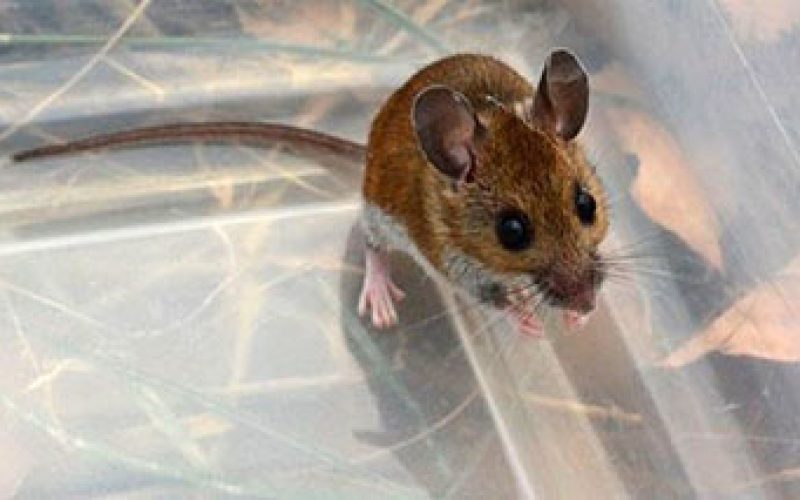Columnist would rather enjoy the wildlife
AMANDA BANCROFT
Making Ripples
Nature is an essential inconvenience. Thus far in humanity’s evolution, we depend on Earth to survive. But oh, the many expletives people aim at Mother Earth when those oxygen-producing trees clog the gutters with leaves and then crash through our roof in a storm! Critters are just serving their role in the ecological web, but it’s hard not to take personal offense when the trash pandas (raccoons) raid our garbage, deer eat our garden bare, coyotes hunt the cat, burrowers burrow in the “wrong” places, and the rodents use our machinery as chew toys.
As a soft-hearted person, I trend towards the belief that I am here to amuse the animals. The groundhog wanted my pea plants, and I was happy to watch it nibble the lot. Every snake, bobcat, black bear and snapping turtle is welcome in our yard regardless of whether they cause a nuisance or financial loss. So when Mother Field Mouse decided that our riding mower was a terrific nesting site — complete with gasoline-scented air freshener — my first inclination was to forget mowing and watch her pups grow up inside the grassy fur-lined nest.

Mama Field Mouse setting up housekeeping in the lawn mower is so cute it’s worth the nuisance, says columnist Amanda Bancroft.
(Courtesy Photo/Amanda Bancroft)
Fortunately, my husband Ryan is a practical man. Relocation of the first nest was inevitable. Not wanting to evict our freeloading tenants, I gently transferred the nest into a cardboard box placed near the mower. She switched it right back, and didn’t seem to mind the new peppermint-scented air freshener we provided to deter her. We relocated the nest farther away and hoped she would find it and raise her family there. I was distraught when she didn’t return to the nest, and her babies all died. All for what? A mower worth a few hundred dollars that keeps the grass short and the ticks away.
Lynn Sciumbato of Morning Star Wildlife Rehabilitation explained my error: the 50 or so feet from the mower to the box of pups was too great a distance for a field mouse to search. If I want to save the nest next time, it must be kept closer to the mower.
I was similarly enthusiastic about the packrat (eastern woodrat Neotoma floridana) that nested in the mower, chewed several wires and cost us $250 in repairs. It was exciting to see one up close; they’re larger than I anticipated, are of an attractive color and quite cute. But they’re no competition for the big-eyed, kangaroo-like hopping field mice. Mother Mouse is having another litter soon; we know because she’s built about three nests in the mower again. We remove the little grassy cups as soon as we spot them, and hopefully, this year she won’t successfully give birth inside.
Humans decided long ago that we wanted the plush comforts of civilization and would fight nature for them. We threaten her much more than she threatens us. It’s understandable that financial hardship, livestock loss and aesthetics often take priority over the ecological balance that gives us life. But it might help to soften the blow if we remember that we did make the choice to prioritize goals that inevitably wind up putting nature in the nuisance category. The consequences are predictable as much as they are annoying.

Mama Mouse is about to have another litter, and columnist Amanda Bancroft knows they’ll all be as cute as this baby was.
(Courtesy Photo/Amanda Bancroft)
Amanda Bancroft is a writer, artist, and naturalist living in an off-grid tiny house on Kessler Mountain. She and her husband Ryan blog about their adventures and offer tips to those wanting to make a difference at www.RipplesBlog.org.










